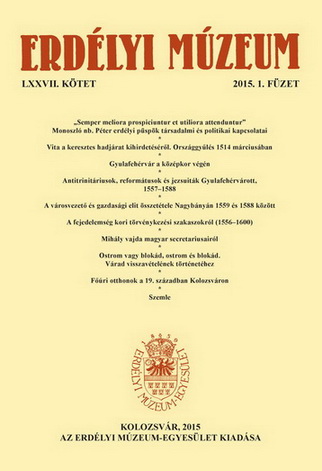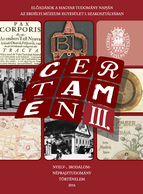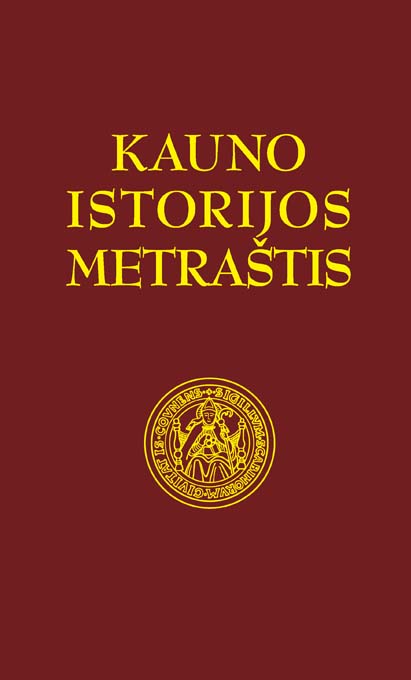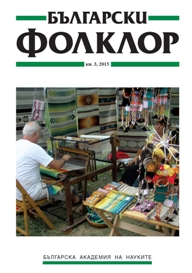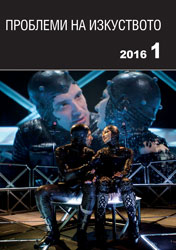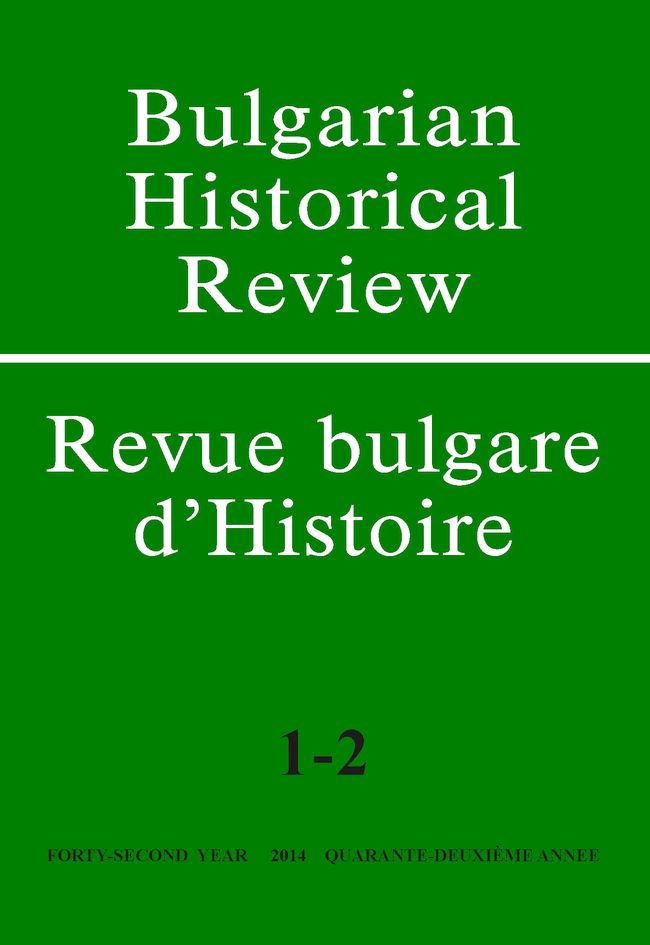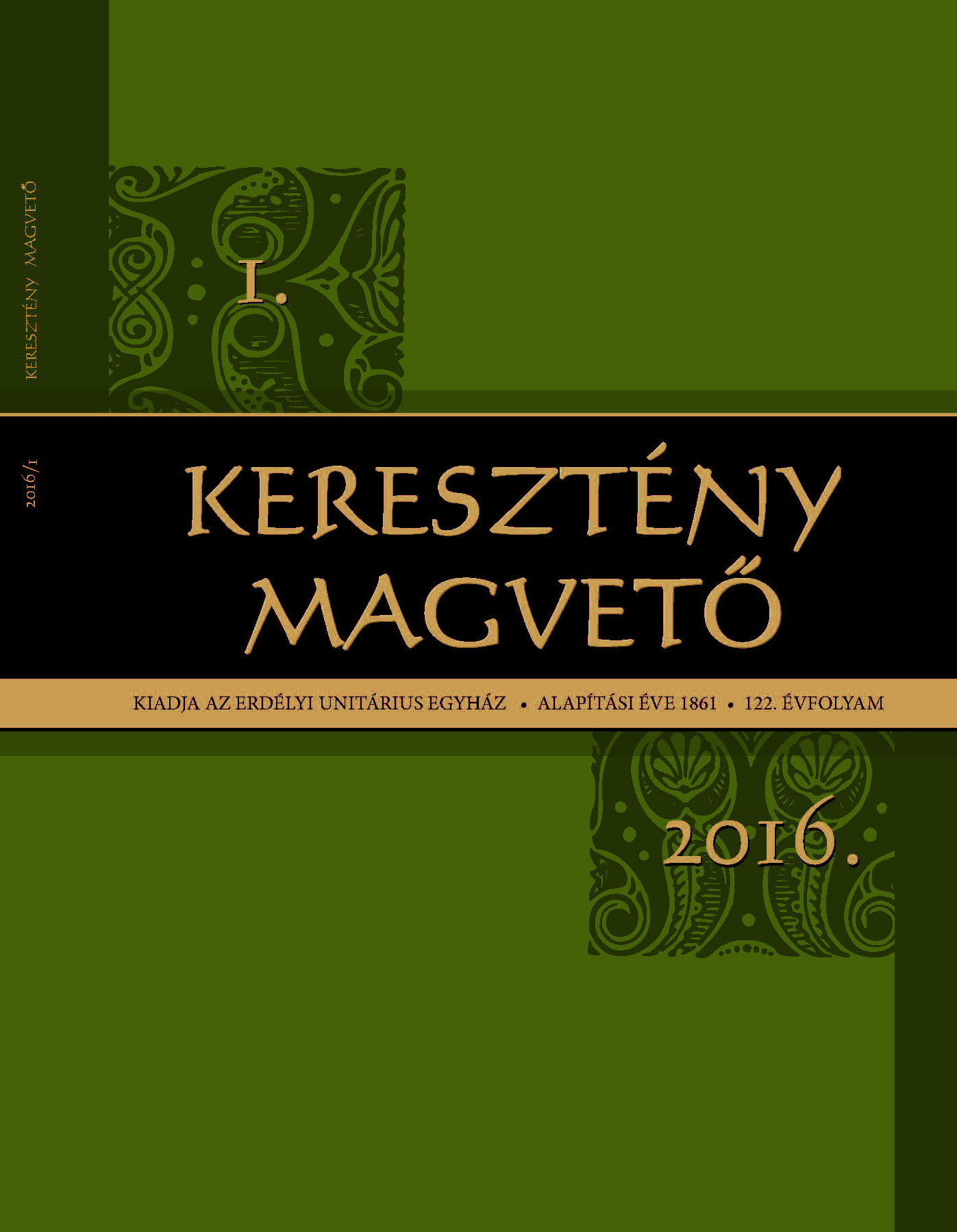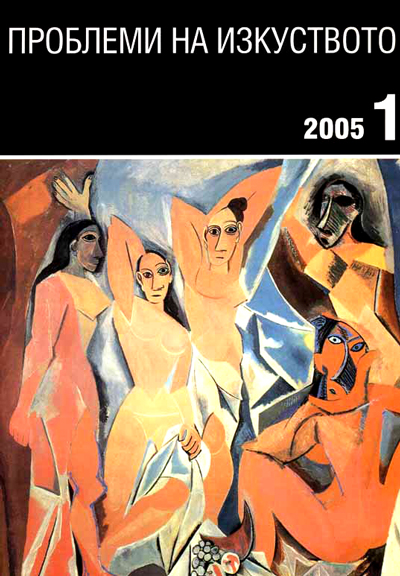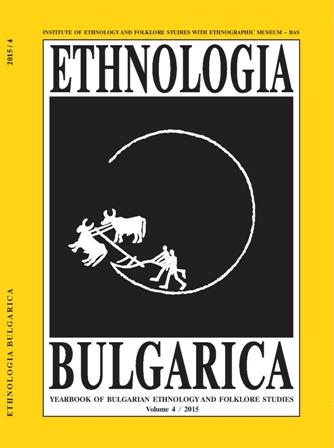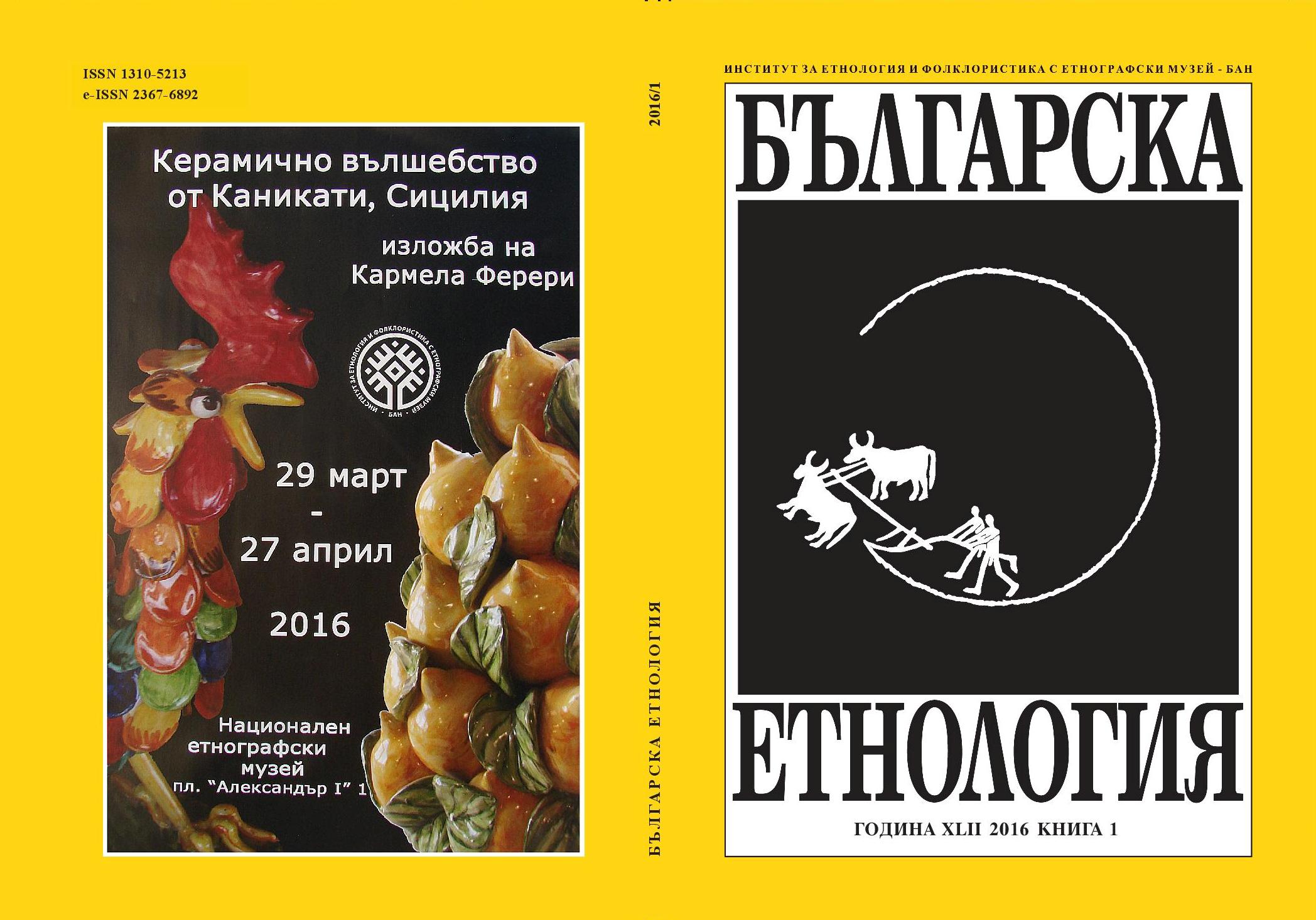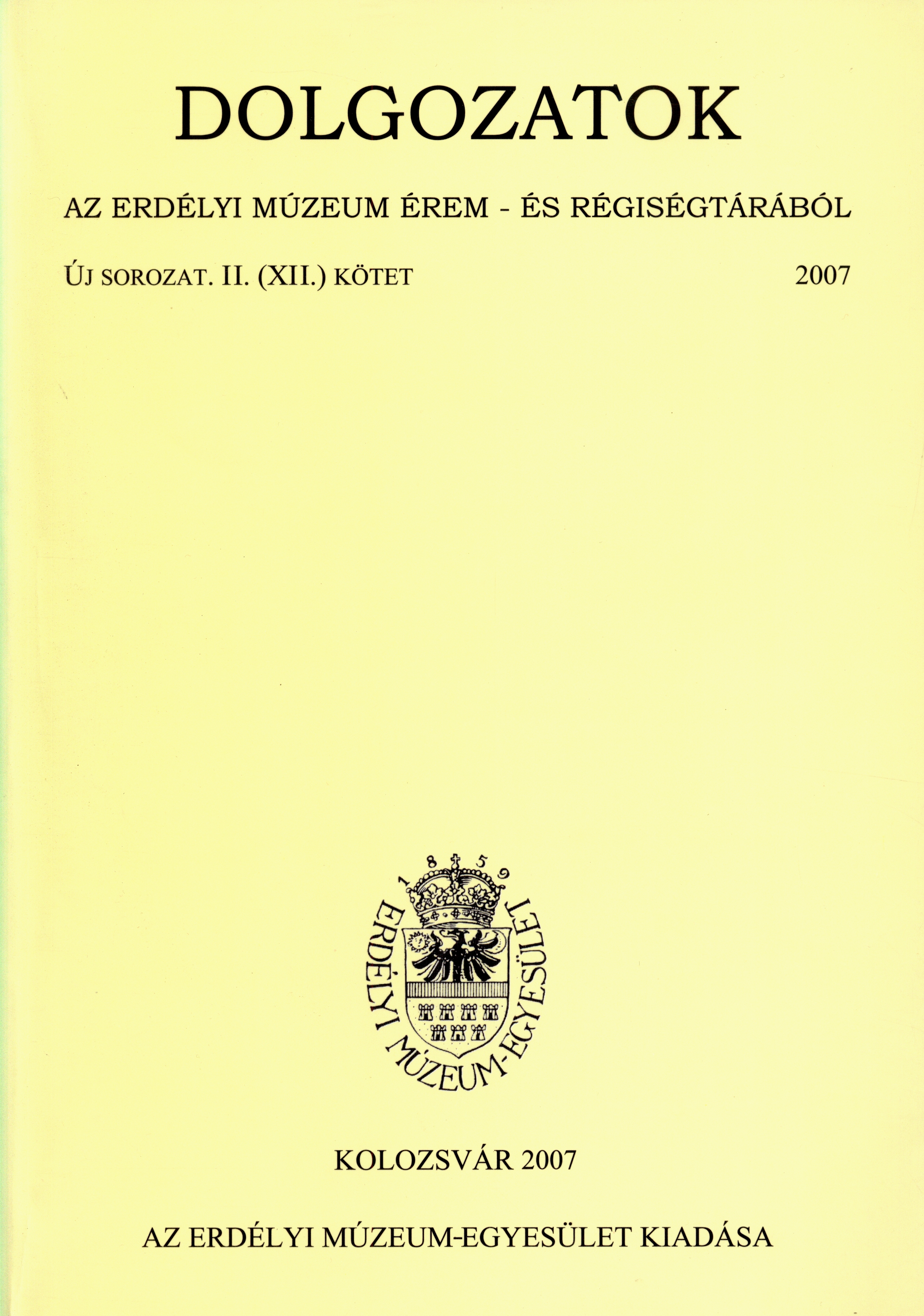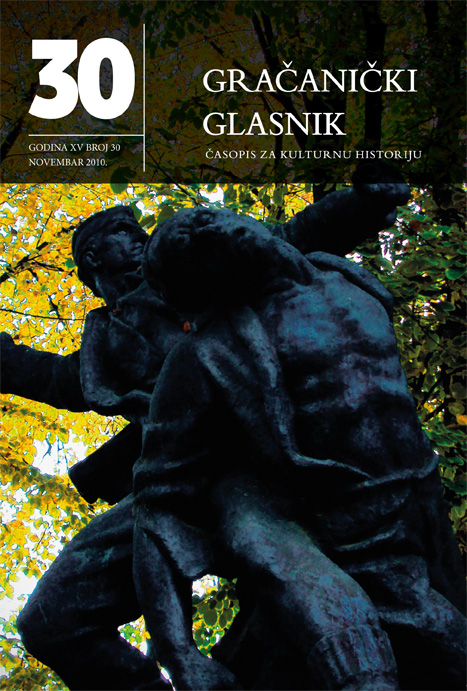
Starija prošlost Gornje Orahovice – prilozi za monografiju
In this paper is shown the older history of the village Gornja Orahovica, from prehistory and antiquity through the Middle Ages until the end of the Ottoman period. In the area of Gornja Orahovica traces of human presence since the early Paleolithic were discovered. From the later prehistoric period originates necropolis at the site Barice (eponymous site of the Barice-Gređani) and hillfort on Arnautska hill, which was inhabited and in Roman times, as evidenced by the remains of building materials, ceramics and one pantry money. The settlement called Orahovica dating back to the Middle Ages, from which originated material evidence and numerous place names. In the early Ottoman period, Orahovica has already been one of the major and important settlements in Soko. This time should be attributed to the emergence of the old cemetery on Blagalištu. At the turn of 17th to 18th centuries, there have been a number of changes that led to the stagnation of settlements and changes to the population structure (long period of wars and crises, epidemics of plague, etc.). During 18th and 19th centuries, Orahovica is recovering and continues to develop, but in the history of the village of the increasing role of local members of the GAZIBEGOVIC family. From the last decades of the Ottoman rule, Orahovica entering a period of modernization that makes a new chapter in the history of the village.
More...
